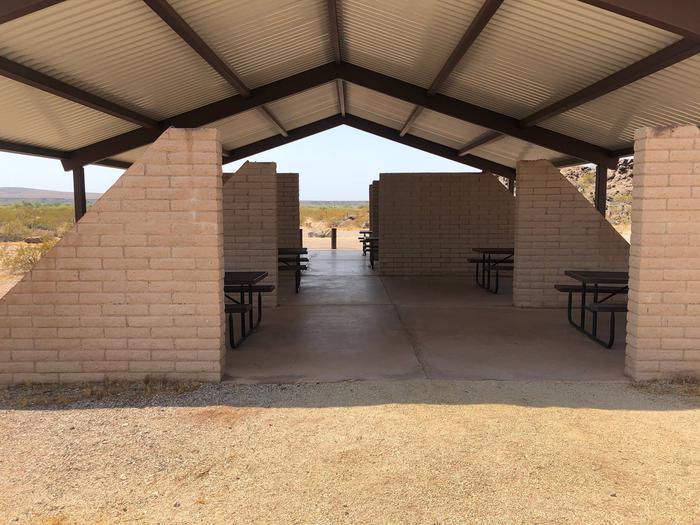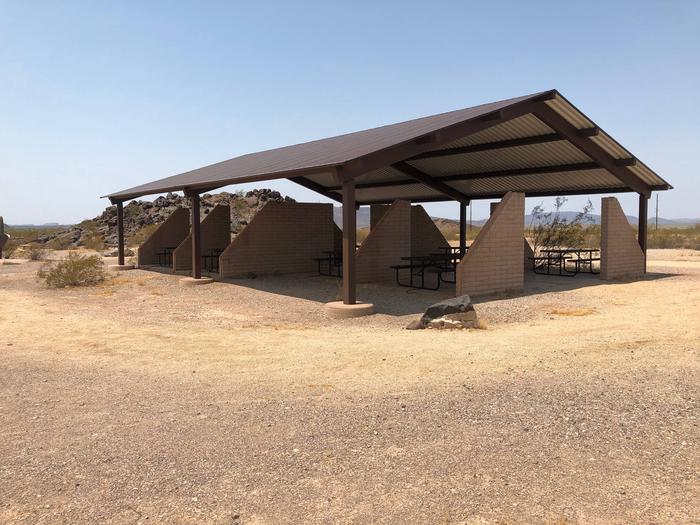Overview
Great Facilities and Amenities
Campfire Allowed
(All campsites have Campfire Allowed)
Checkin Time
(All campsites have Checkin Time)
Checkout Time
(All campsites have Checkout Time)
Driveway Entry
(Majority of the campsites have pull through)
Max Num Of People
(Up to 20)
Max Num Of Vehicles
(Up to 10)
Pets Allowed
(All campsites have Pets Allowed)
Site Access
(All campsites have Site Acceses)
Natural Features
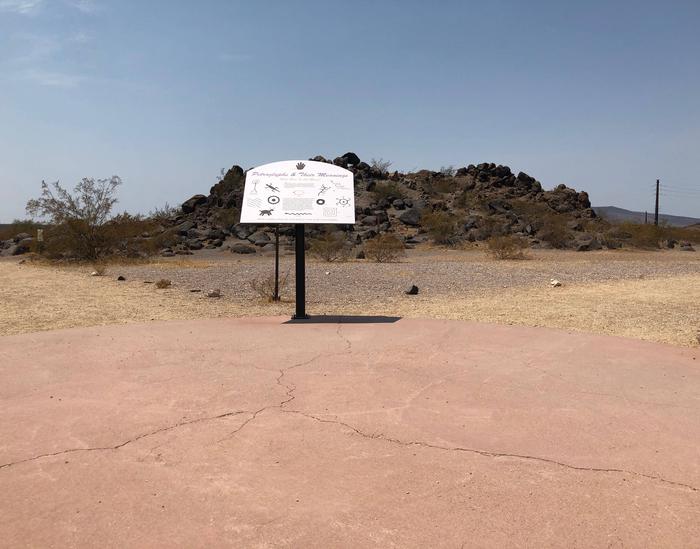
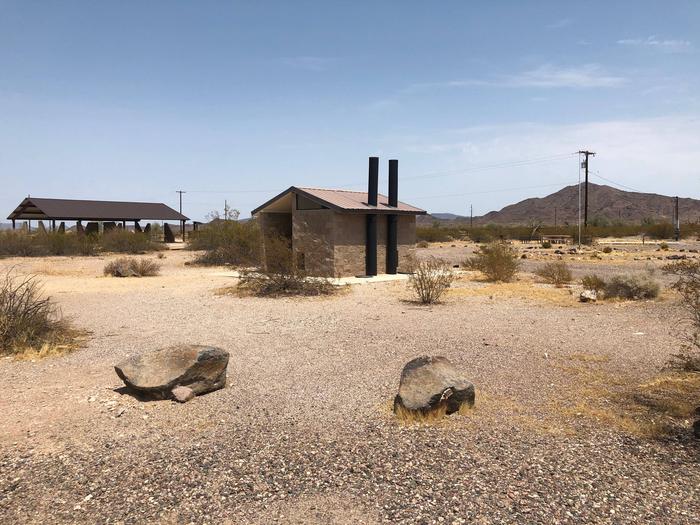
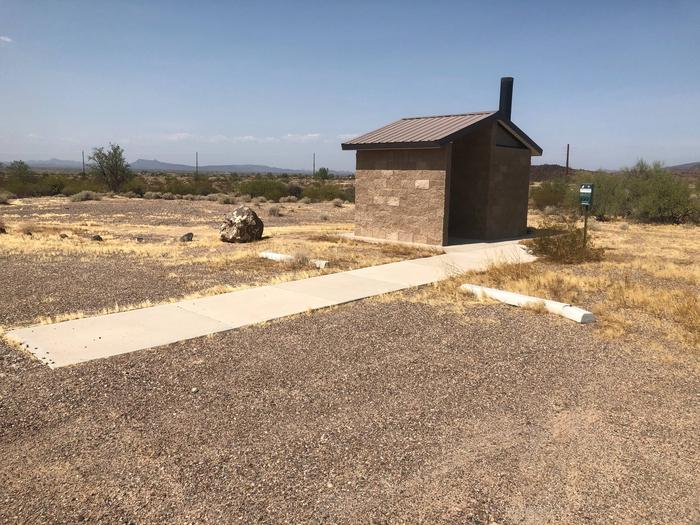
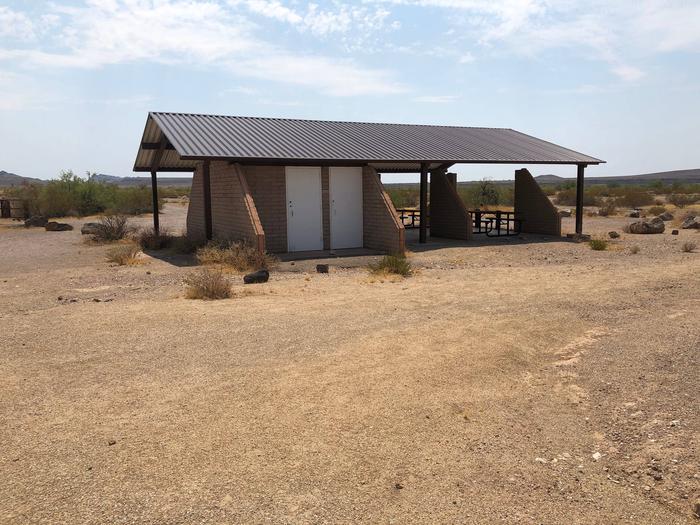
Set between impressive geologic features such as Oatman Mountain, a few miles to the northwest and the Painted Rock Mountains, situated on the eastern horizon, this campground offers scenic panoramic views and plenty of opportunities for solitude and vast night skies. The surrounding area features a diverse Sonoran Desert plant community including the iconic saguaro cactus, various cholla species, barrel cactus, creosote bush, and both ironwood and palo verde trees. The area is home to a large population of desert mule deer and many other desert species such as kit fox, Gambel’s quail, chuckwalla, and desert iguana.
Recreation


The day-use site is right next door to the campground and offers two shaded picnic areas and a small interpretive trail around the petroglyph site with informational displays. The petroglyphs face the east-southeast primarily and would have been noticed by any travelers approaching from that direction. Hiking, birdwatching, and star gazing opportunities all present themselves at this site.
Permitted Equipment
rv-N/A
tent-N/A
trailer-N/A
vehicle-N/A
5th wheel-N/A
camper van-N/A
pickup camper-N/A
pop up camper-N/A
Nearby Attractions
Woolsey Peak Wilderness
Woolsey Peak Wilderness offers rugged topography, colorful scenic vistas, rich variety of wildlife and vegetation, and outstanding opportunities for solitude and unconfined recreation. Woolsey Peak stands 3,270 feet above sea level and about 2,500 feet above the Gila River (to the south). It is a landmark visible from much of southwestern Arizona. The Painted Rock Dam flood- control dam is situated on the Gila River not far from the southwestern corner of the area. Encompassing a major portion of the Gila Bend Mountains, it is barely separated from the smaller Signal Mountain Wilderness to the north. You will find sloping lava flows, basalt mesas, ragged peaks, and broken ridges dotted with saguaro, cholla, palo verde , creosote, and bursage. Desert mesquite, paloverde, and ironwood grow in the washes throughout this rugged and expansive desert wilderness. The region is especially inviting for its desert backpacking. Desert bighorn sheep, mule deer, bobcats, mountain lions, hawks, and owls might make an appearance.
Signal Mountain Wilderness
A narrow, four-wheel-drive road is all that separates Signal Mountain Wilderness from Woolsey Peak Wilderness to the south. Signal Mountain itself, rising just north of the center of the area, reaches a summit of 2,182 feet (1,200 feet above the surrounding desert floor). Here you will find sharp volcanic peaks, steep-walled canyons, ragged ridgelines, arroyos (slim, usually dry riverways), and plains spreading out from the washes. Paloverde, saguaro, and creosote are scattered throughout the bajadas and upland regions. Washes are lined with mesquite, ironwood, acacia, and palo verde. Wildlife watchers may see desert bighorn sheep, desert tortoises, and several species of raptors. Wildlife game species are common, and quail and mule deer hunters are frequent visitors.


